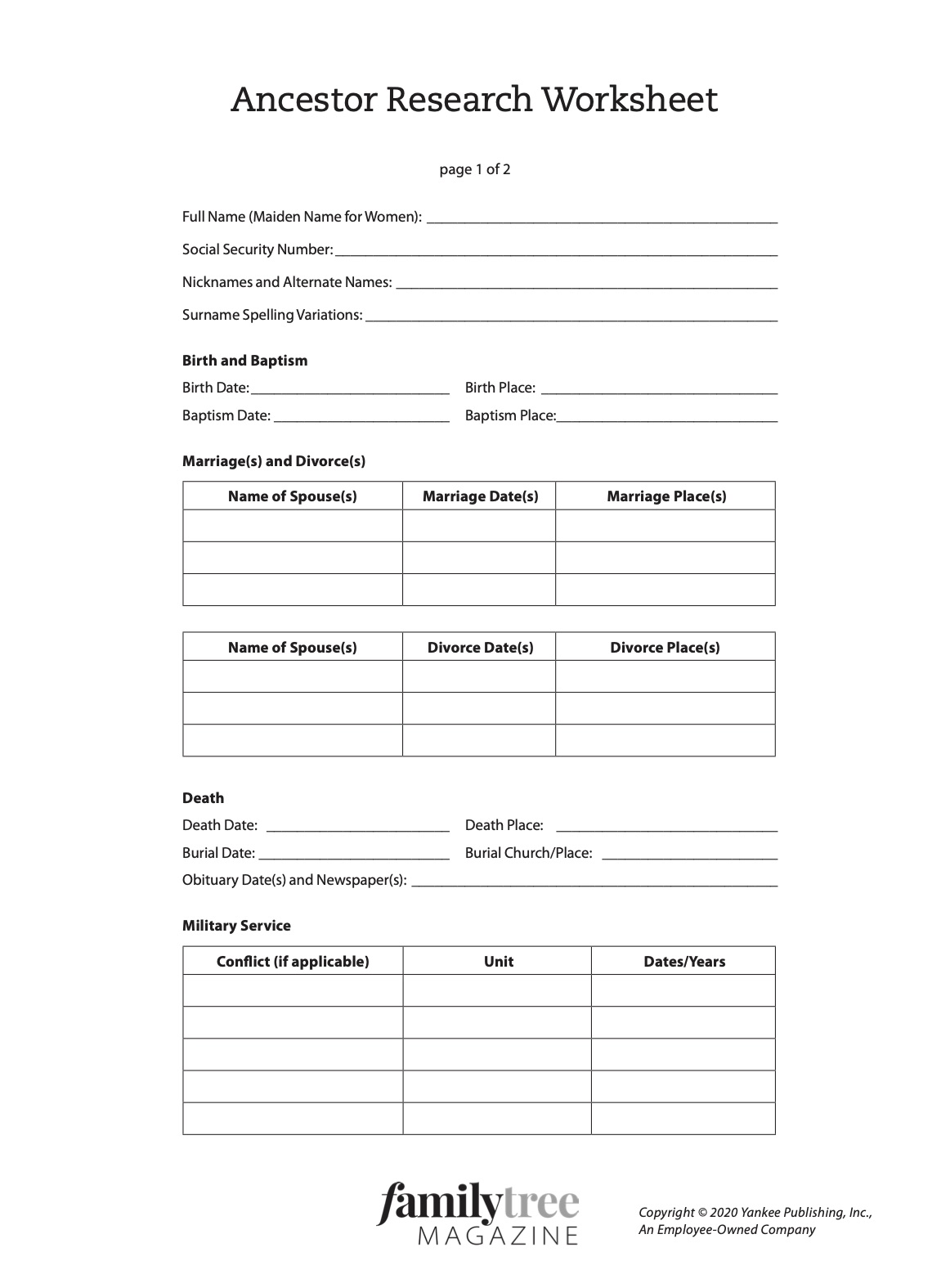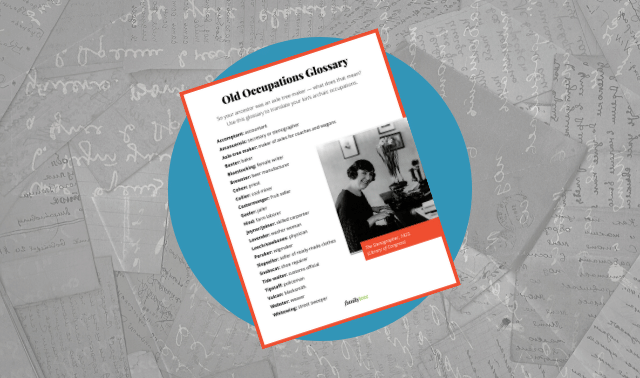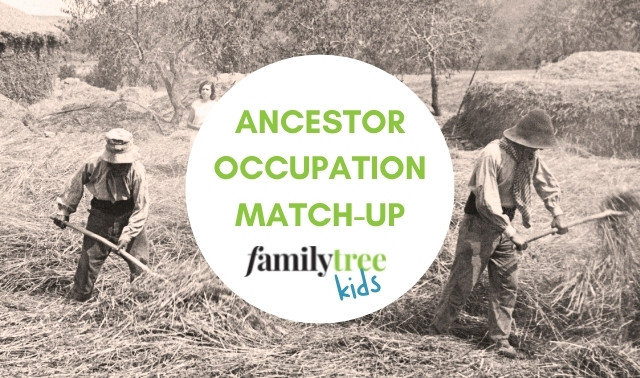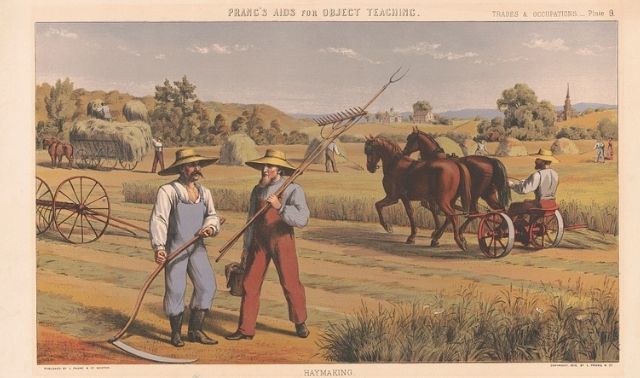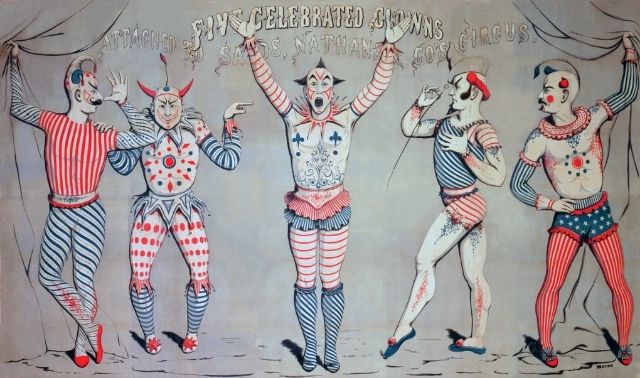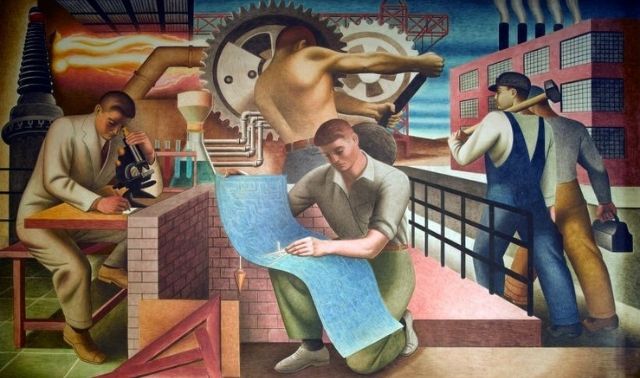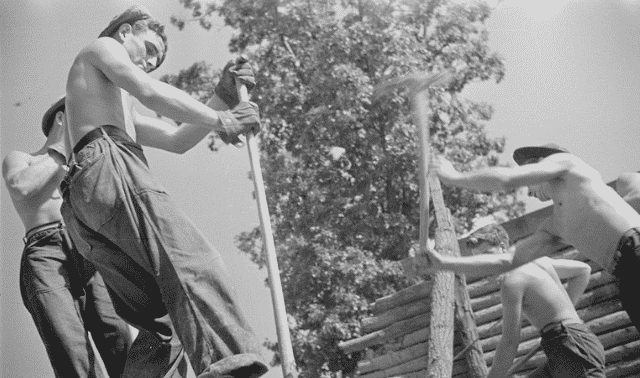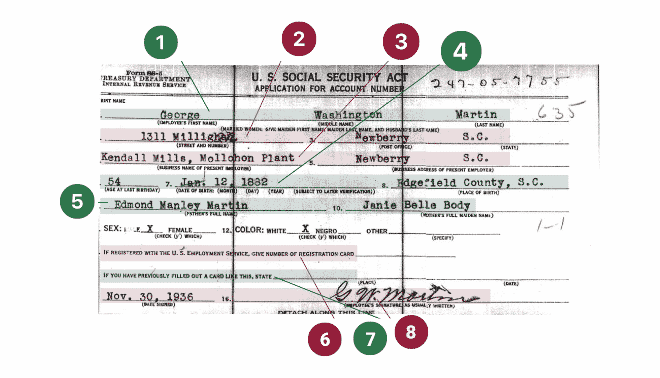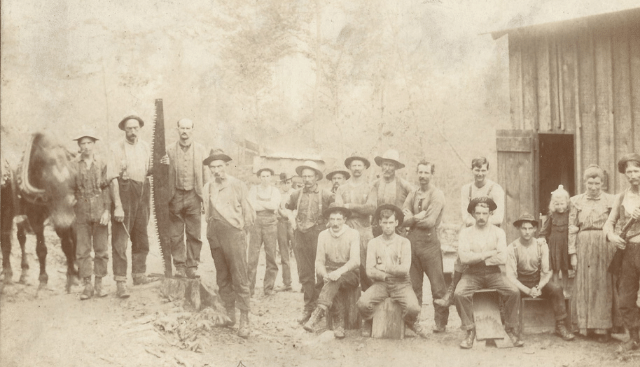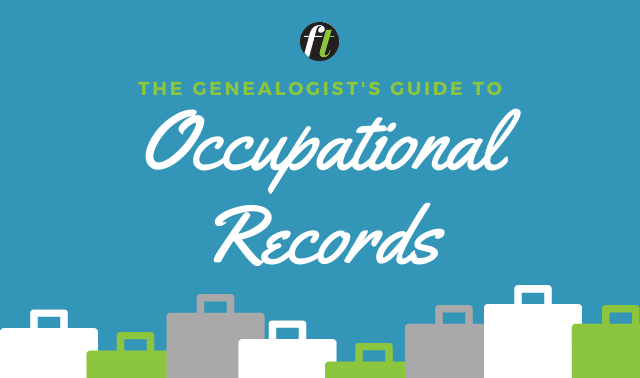Smithsonian Libraries: A list of early American silversmiths and their marks
BOOKS AND PUBLICATIONS*
Summaries written by Sharon DeBartolo Carmack, from the August 2003 issue of Family Tree Magazine
Engendering Business: Men and Women in the Corporate Office, 1870-1930 by Angel Kwolek-Folland (Johns Hopkins University Press): Not only did America shift from a predominately agricultural country to an industrialized nation between 1870 and 1930, it also built financial industries. The budding corporate world required thousands of employees, both male and female: Male executives, managers, agents and salesmen almost always needed a secretary, stenographer, typist or clerical worker. Women usually filled those positions. In 1870, women made up only 2.46 percent of the clerical workforce; by 1930, they accounted for more than 50 percent. For those whose ancestors worked in early corporate America, Engendering Business offers an interesting look into the world of the first women to work side by side with men.
Lewis W. Hine: Children at Work by Vicki Goldberg (Prestel): Hine, an early 20th-century photographer, captured many images of the working-class world. Perhaps his most startling photographs are those of child laborers. Between 1906 and 1918, Hine worked for the National Child Labor Committee, documenting children’s poor working conditions on film. This book contains mostly photographs with descriptive captions, and it illustrates a tragic side of American history and family history when children were exploited in the factories, fields, mills, coal mines and streets of industrial America. If your ancestors worked as children, this book will help you visualize their everyday lives.
Neither Lady Nor Slave: Working Women of the Old South edited by Susanna Delfino and Michele Gillespie (The University of North Carolina Press): In a series of essays written by historians, Neither Lady Nor Slave explores the lives of Southern women who fell somewhere between plantation mistress and slave. The essays focus on white, American Indian and free black women who worked a variety of jobs to support themselves and their families. These women were teachers, nurses, domestic servants, rug and basket weavers, nuns and prostitutes. They were wage earners as well as mothers and wives. This well-documented study will appeal to genealogists who descend from ordinary women of both the rural and urban South. From this book, you’ll gain a greater understanding and appreciation of your female ancestors’ work.
Rosie’s Mom: Forgotten Women Workers of the First World War by Carrie Brown (Northeastern University Press): Rosie the Riveter opened the public eye to women’s labor contributions during World War II, but most Americans don’t realize how many working women contributed to the effort during World War I. Women made up a major part of the workforce in the early 1900s. When the Great War broke out, they went to work in factories and stores. They manufactured munitions and the gas masks the soldiers needed to fight their first chemical battle. Some took piecework home, sewing garments or making artificial flowers to support the troops abroad. Rosie’s Mom is an interesting social history of female workers in many occupations, but it focuses on factory workers. It’s a must-read for anyone whose female ancestors worked from 1900 to 1945.
The Triangle Fire by Leon Stein (Cornell University Press): Based on survivors’ stories, eyewitness accounts and newspaper articles, this is a reprint of the original book published in 1962. The Triangle Shirtwaist Co.’s factory occupied the top three floors of a 10-story New York City building. The factory employed 500 people, mostly young immigrant women, to make “shirtwaists,” or women’s blouses. On March 25, 1911, a fire broke out on the eighth floor and rapidly spread to the ninth and tenth floors. Most employees on the ninth floor—where doors to the exits were locked to keep the women at their sewing machines—perished. Rather than be burned alive, many women chose to jump to their deaths. Witnesses described the rainfall of bodies, dresses on fire, on a day when 146 people lost their lives in less than 15 minutes. This page-turner reads like a novel and documents the unsafe conditions under which people labored for meager wages. The only disappointment is that there’s no list of victims or survivors. (You can find a list of victims online at https://trianglefire.ilr.cornell.edu/victimsWitnesses/victimsList.html.)
*FamilyTreeMagazine.com is a participant in the Amazon Associates Program, an affiliate advertising program. It provides a means for this site to earn advertising fees, by advertising and linking to Amazon and affiliated websites.

